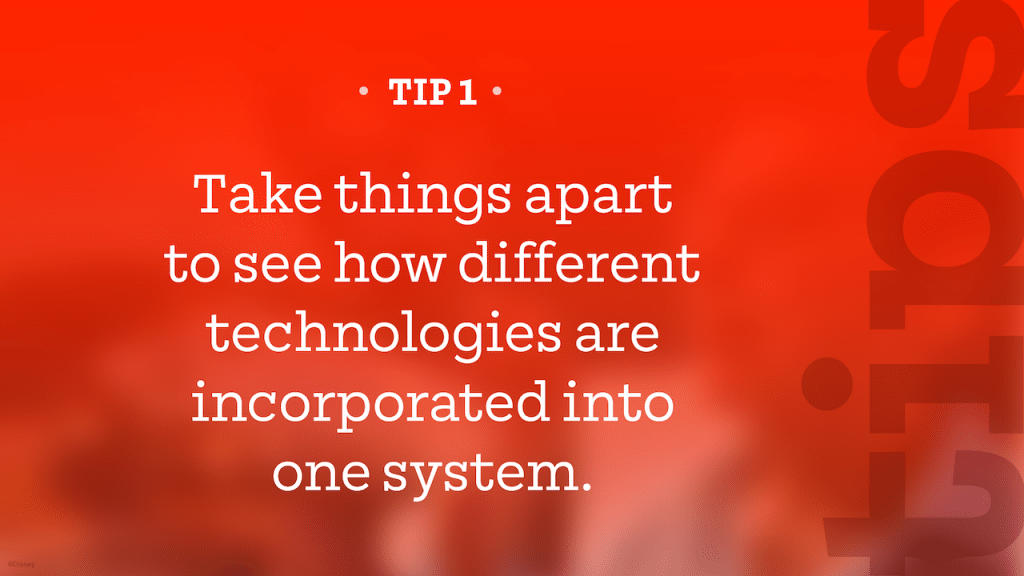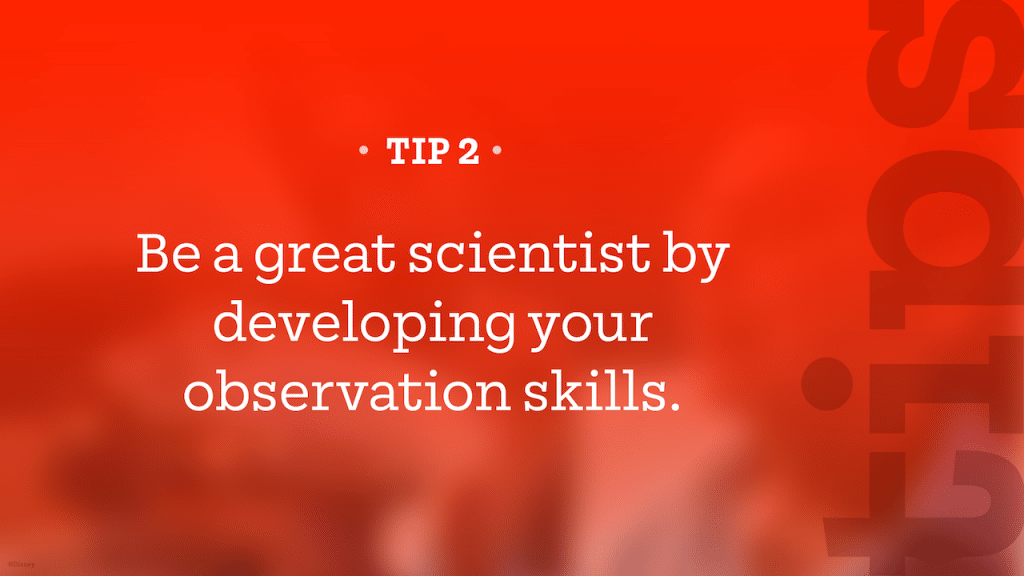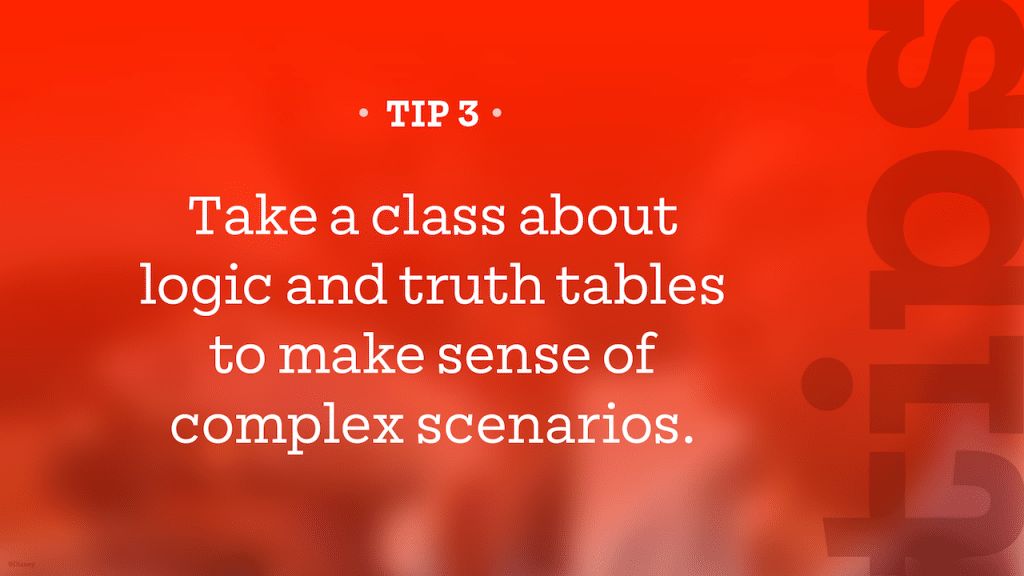From the Disney Parks Blog and written by: Kevin Rafferty, Jr.
Imagineers use STEAM
(Science, Technology, Engineering, Arts and Math) every day to create groundbreaking
experiences that are not only appealing, but also properly designed in terms of
size, materials and coatings. To round out our series about STEAM tips from
Imagineers, several of the technical artists at Imagineering shared their tips
as it relates to technology, science and math.

Tip – Take things apart to see how different technologies are incorporated into one system
Liz Diaz, a senior ride mechanical engineer, said, “Look at all the things around you and learn how they work. Take something apart (with permission if needed!) and see if you can’t put it back together. Attractions are created from many different technologies incorporated into one amazingly complex system. Learning how everything works helps to apply these different technologies in new and exciting ways.”

Tip – Be a great scientist by developing your observation skills
Alfredo Ayala, a Walt Disney Imagineering Research & Development executive, suggests, “To be a great scientist you need to develop great observation skills. Robot animation requires the ability to merge real world physics with the art of acting, dance and music. Next time you talk with someone, notice their movements, the locations of their eyes and their facial expressions. Observe how they change when you ask them a question. This exercise helps you strengthen your observation skills. We are always exploring how math is present in art and technology.”

Tip – Take a class about logic and truth tables to make sense of complex scenarios
David Gaetke, a project coordinator, said, “Logic and truth tables are a great way to navigate through a complex scenario with many possible outcomes and multiple decision makers (did someone say ‘group project?’). First, you’ll want to map out the logic path for each scenario. There are some great resources online if you’re not familiar with how to do this. Then, weigh the pros and cons of each outcome. Finally, present your findings to your team and guide them through making a decision. I use this method to see what implications design decisions will have further down the road, or to make a decision between two seemingly similar options.”
- Cast Reflect on 35 Years of Disney’s Hollywood Studios - April 24, 2024
- Meet the CM’s Creating Stuffed Toys with Recycled Materials - April 24, 2024
- Character Outfits Revealed for Lookout Cay! - April 24, 2024





